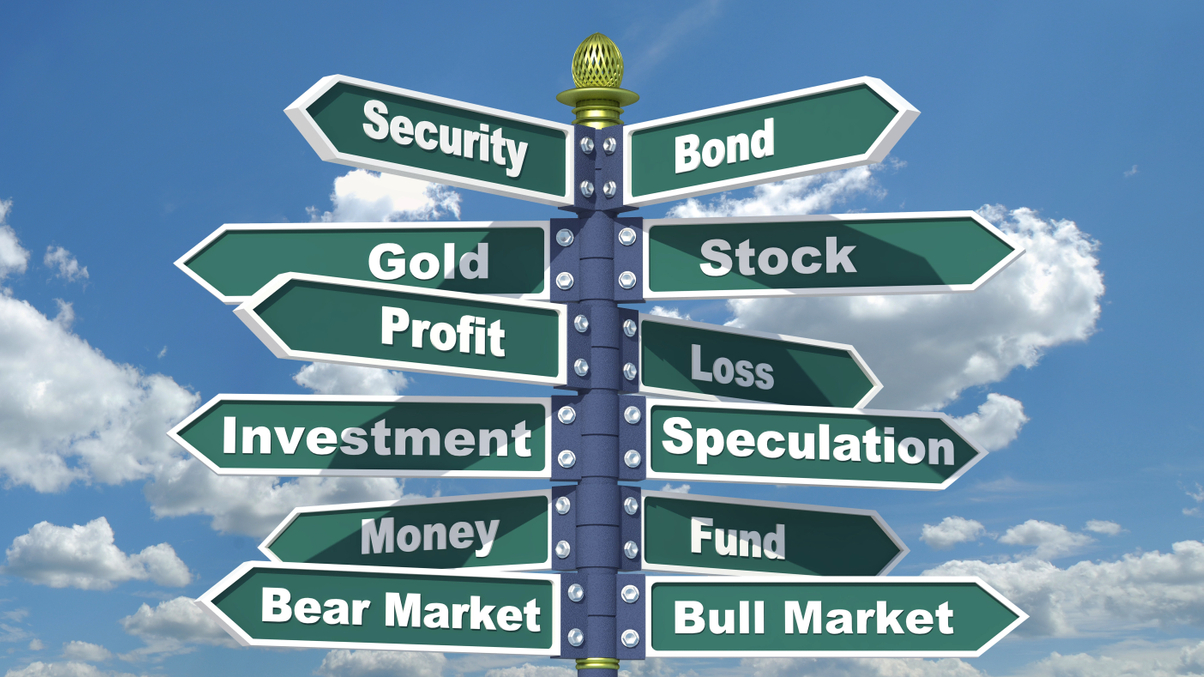Year of the Rat Outlook: The best and worst assets to buy
In our latest Year of the Rat outlook, we consider which mainstream assets will be the top performers, and which are the ones to avoid.

Every Chinese New Year, AsianInvestor makes 10 predictions about developments that will affect global financial markets and the portfolios of Asian investors, especially asset owners. These developments can focus on asset classes, geopolitical events, or structural issues surrounding particular markets.
Sign in to read on!
Registered users get 2 free articles in 30 days.
Subscribers have full unlimited access to AsianInvestor
Not signed up? New users get 2 free articles per month, plus a 7-day unlimited free trial.
¬ Haymarket Media Limited. All rights reserved.


